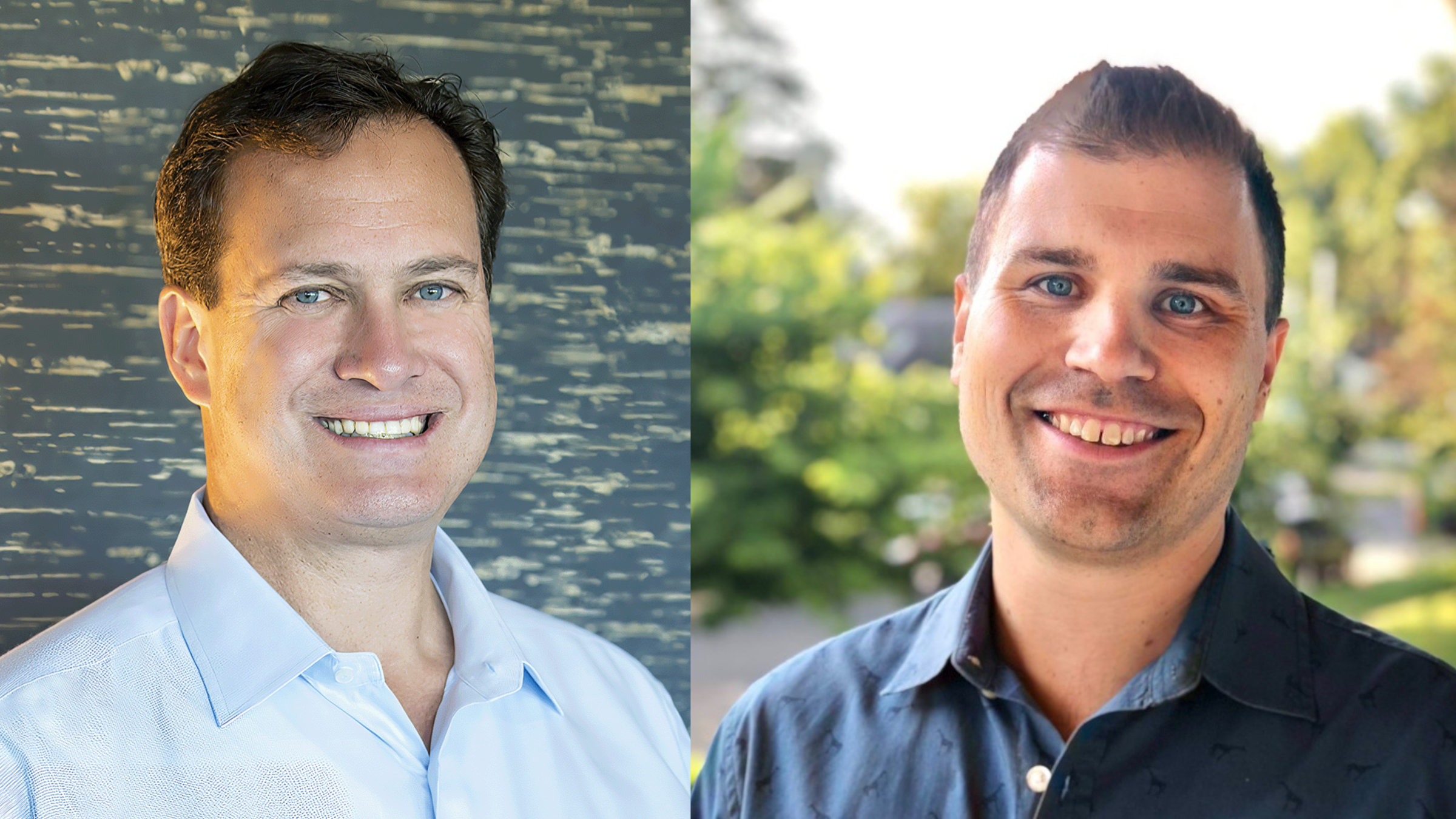People often say that there is a bigger difference in counting from “zero” to “one” than there is between “one” and “one hundred.” Likewise, it’s often more challenging to establish a connection with a high-needs member than to maintain contact with a member who is already responsive and engaged. For high-needs members who are difficult to reach, they often have complex health conditions and social risk factors that result in larger gaps in care and experience more challenges navigating the healthcare system.
Understanding High-Needs Members
High-needs members are people whose health outcomes have been impacted by social risk factors, which link adverse conditions to poor health outcomes. Everyone’s health outcomes are shaped by social determinants of health (SDoH), which include five key areas that show that where we live impacts how we live. SDoH include economic stability, education, social and community context, health and health care, and neighborhood and built environment. SDoH can tell us where to look when trying to improve health outcomes by assessing the social risk factors such as food apartheid, low education, and housing insecurity. Social risk factors can also indicate where it’s possible to intervene: upstream at a political or economic scale, or downstream at individual social needs.
While intervening on a structural level is critical to achieving health equity, making change on that scale is a long-term project, and finding ways to meet the individual social needs of members can have a tangible impact on their health.
Community-Based Healthcare: A Person-Centered Approach
Reema’s approach is based on models of community-based healthcare, which means that we provide care by the community for the community. Our approach is person-centered, with an emphasis on meeting members where they are in order to identify the right message, resource, and support. This can range widely from driving a member to an appointment, helping them pay for groceries, or assisting them while applying for housing.
This person-to-person, on-the-ground connection is vital to meeting members’ social needs: if health is local, then health care must be local too.
However, it’s impossible to identify and meet these needs without a strong foundation built on authentic connection. This is why the Reema team is made up of Community Guides, who reside within the same communities as the members we’re trying to reach. Community Guides share with members an understanding of the community in which they live, but can also offer insight into what resources are available to them. This person-to-person, on-the-ground connection is vital to meeting members’ social needs: if health is local, then health care must be local too.
Engagement Built on Authentic Connections
The question of how best to establish a connection is at the core of how Community Guides work with members. At Reema, we understand the importance of communicating with someone at the right time, using the right channel: it can mean the difference between a member getting care or an emergency situation. Reema uses digital communication methods, like text messaging, in order to engage with members. For many people in the community Reema serves, text messages are their preferred method of communication, and helps establish a relationship that will lead to a higher likelihood of continued communication.
Reema’s approach to community-based healthcare supports disengaged high-needs members by meeting them where they are. When tools like digital communication methods are provided to Community Guides who have a shared identity with members, this can play a pivotal role in closing the engagement gap and facilitating better health outcomes.
For a deeper dive into the role community-based healthcare plays in addressing social determinants of health, read Reema’s popular eBook, A Better Way to Address Social Determinants of Health.



